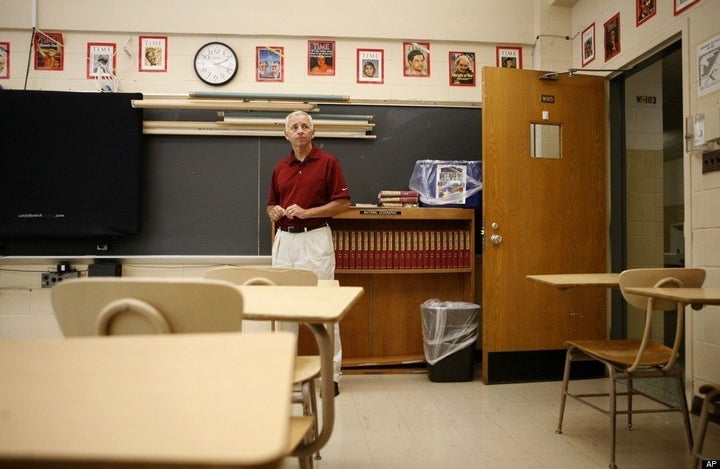
When my grandmother died in 1978 at almost 90, I thought the technological changes she had experienced in her lifetime would never be duplicated. I couldn't have been more wrong.
Technology is now changing at a dizzying pace, and parents and educators have to decide what's best for our children. It's a difficult conundrum with dueling points of view.
On one hand, most schools have embraced technology, spending huge amounts of money on upgrading electronic equipment that soon becomes obsolete. First it was the installation of computer labs, then the purchase of laptops, followed by iPads. I admit, I drooled when SMART Boards were installed in a district in which I was working as a central office administrator. I secretly wished I could be a high school social studies teacher again, and with the touch of a finger take my students to sites that would propel great class discussions.
But technology should be taken just so far. What is the wisdom of turning cell phones into teaching tools in the classroom? Newsday reports that an Amityville social studies teacher recently asked his 11th graders to use their personal cell phones to text a response to a poll about a presidential speech they had just watched in the classroom.
According to the article, this is part of a growing local and national trend.
Many other school districts, however, still bar students from bringing their cell phones and smart phones to school -- and for good reason. They have been viewed as a distraction, even a dangerous one. Do we really want students checking their email and texting during class? Do we want them using it to make dates during class, surf their favorite sites on the Web, cheat, or even engage in drug dealing? As much as schools will try to restrict its use in school, some students won't be able to control themselves.
Even if you argue that most kids won't engage in such nefarious behavior, whatever happened to raising your hand and having a discussion? Do our children have to be tethered to machines 24/7?
Apparently, some people in the computer industry don't think so. A recent article in the New York Times pointed out that some of Silicon Valley's technology leaders send their children to schools without computers! They think it's easy enough to pick up computer skills, and that what's really important is great teaching that actively engages kids in learning. Engagement is really the issue. Does technology foster engagement or inhibit it?
In addition, public schools have to consider the cost. Computers in education are here to stay, but they need to be used judiciously -- always with the goal of fostering student engagement and enabling critical and creative thinking.
If cell phones are now becoming the teaching tool du jour, then what do public schools do with the millions of dollars in computer equipment they bought? With built-in obsolescence, it's critically important that schools don't spend mindlessly on the latest cool gadget, only to abandon it for a better one a few years later.
Who is watching the technology store in our public school districts? Every year, superintendents and chief technology officers present a computer budget to the board of education and the public. As we go forward in this difficult economy, there needs to be accountability, research, evidence and a rationale for future spending on electronic devices. Most of all, schools require a clear vision for how they plan on engaging students in learning -- both with and without computers.
This post originally appeared here.